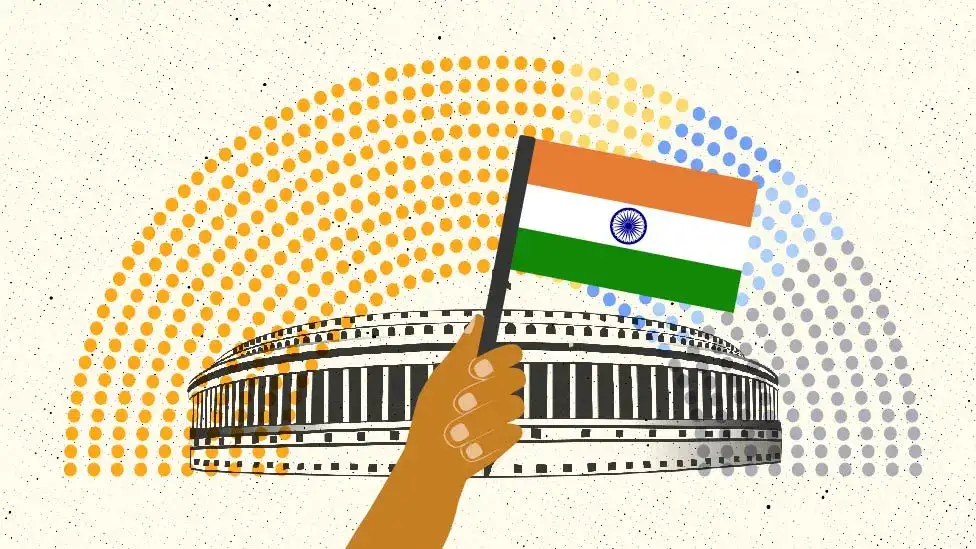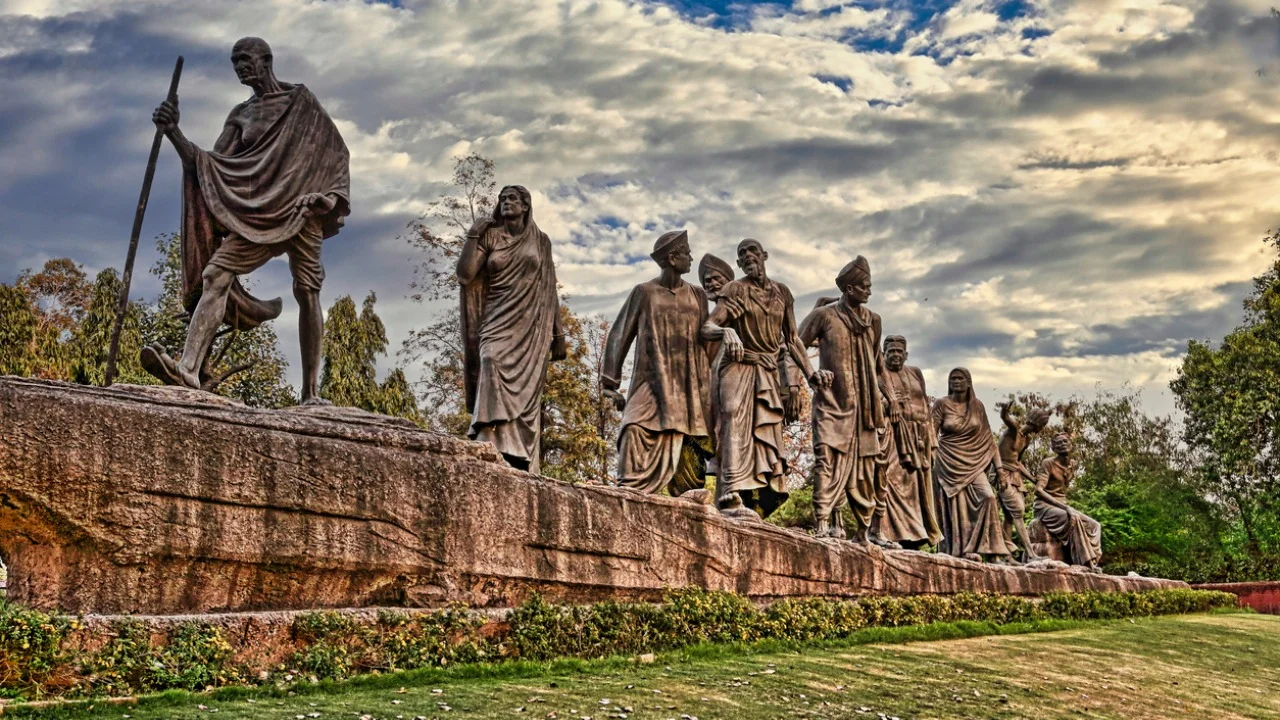Introduction: India, the world’s largest democracy, boasts a rich history of conducting general elections on an unprecedented scale. With its diverse population and intricate political landscape, Indian general elections are a monumental event that shape the nation’s destiny. This article delves into the significance, process, and impact of these elections, highlighting their role in shaping India’s political landscape.
I. The Significance of Indian General Elections: India’s general elections hold immense significance for several reasons. Firstly, they provide a platform for citizens to exercise their democratic rights, ensuring that the voices of millions are heard. These elections serve as a powerful demonstration of India’s commitment to democratic values and principles. Furthermore, they determine the composition of the Lok Sabha (House of the People), which plays a pivotal role in enacting legislation and shaping national policies.
II. The Electoral Process: A. The Election Commission of India: The Election Commission of India (ECI) is responsible for overseeing the conduct of general elections. It ensures free and fair elections by enforcing the Model Code of Conduct, managing voter registration, and conducting the voting process.
B. Constituencies and Candidates: India is divided into constituencies, and each constituency elects one representative to the Lok Sabha. Political parties nominate candidates to contest these elections, and independent candidates can also participate. The campaign period is marked by vigorous political rallies, public meetings, and media campaigns.
C. Voting and Counting: Indian general elections are conducted through electronic voting machines (EVMs), ensuring a quick and efficient process. On election day, millions of eligible voters cast their ballots at polling stations across the country. The votes are then counted, and the candidate with the highest number of votes in each constituency is declared the winner.
III. Political Parties and Coalition Politics: A. Major Political Parties: India’s political landscape is dominated by various national and regional political parties. The Bharatiya Janata Party (BJP) and the Indian National Congress (INC) are among the prominent national parties, along with regional parties like the All India Trinamool Congress (AITC), Bahujan Samaj Party (BSP), and Dravida Munnetra Kazhagam (DMK).
B. Coalition Governments: Indian general elections often result in coalition governments due to the fragmented nature of the political landscape. Parties form alliances to secure a majority in the Lok Sabha. Coalition governments require skillful negotiation and compromise among the coalition partners to govern effectively.
IV. Impact on India’s Political Landscape: A. Power Shifts and Political Stability: Indian general elections have witnessed historic power shifts, with different political parties assuming leadership at various times. The elections serve as a barometer of public sentiment, reflecting the changing aspirations and priorities of the Indian electorate. They also impact political stability and policy continuity in the country.
B. Social and Economic Impact: General elections often revolve around critical issues such as economic development, social justice, and national security. Political parties present their vision and policies to address these concerns, which can significantly impact the social and economic trajectory of the country.
Conclusion: Indian general elections exemplify the vibrancy of democracy in the world’s second-most populous nation. They symbolize the power of the electorate, allowing citizens to shape their nation’s destiny through the ballot box. As India continues to evolve, these elections will play an instrumental role in determining the path forward, ensuring that the voices of millions are heard and accounted for.
![]()





